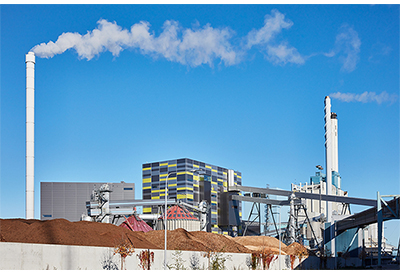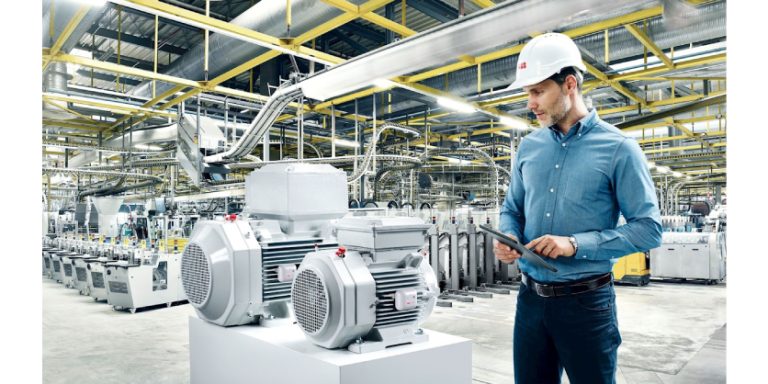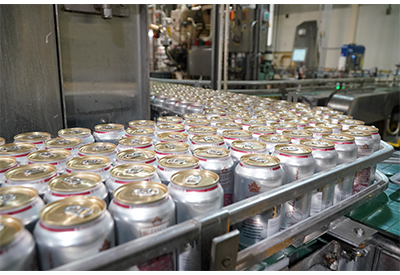ABB motors and drives boost efficiency of Swedish waste-to-energy plant

October 15, 2019
How can society meet its increasing demand for energy while reducing carbon emissions? Swedish utility Mälarenergi has achieved something significant as it faces this challenge head-on with its waste-to-energy plant Unit 6, one of the biggest in the world.
Mälarenergi’s waste preparation facility, boiler and smoke stack sit alongside Lake Mälaren’s pristine waters. The lake spreads out, still as glass, to the far horizon. On its shore lies Västerås, Sweden’s fifth largest city and home to 150,000 people.
Unit 6 is a highly efficient facility, with the capacity to generate 150 megawatts (MW) of energy a year, of which 50 MW is electricity and 100 MW is district heating – that’s enough to heat more than 50 percent of the buildings in Västerås. The low-carbon system distributes heat or hot water from a centralized location through insulated pipes. Hundreds of ABB variable speed drives and motors keep this state-of-the-art plant operating reliably and efficiently without unplanned, costly downtime that could leave Vasterås without heat during the long, cold Swedish winters.
“We first prepare the waste by taking out metals, glass and anything else that we don’t want to burn in the boiler. The metals and glass go to recycling, and then we burn the what is left in the boiler to make heat and electricity,” says Martin Eriksson, Mälarenergi Operations Manager. “This makes Unit 6 at Mälarenergi one of the most efficient and largest waste-to- energy plants in the world.”
Nearly 300 ABB low and medium voltage motors are installed in Unit 6, along with over 200 ABB variable speed drives. The drives control the speed of electric motors to match the task in hand, saving power and improving perfomance.
“Unit 6 is a very complex facility and has a lot of critical components,” says Martin Eriksson. “Reliability and energy efficiency are very important. ABB meets our high standards. We have a big responsibility for the future so what we’re doing here at Mälarenergi is, I believe, the right thing.”
Owned by the city, Mälarenergi has provided Västerås with district heating since the 1960s. Traditionally, the plant burned coal and oil, but in 2014 commissioned its waste-to-energy unit. In 2016, Mälarenergi announced the removal of all fossil fuels from its mix by 2020 as it works towards a lower-carbon energy system. Mälarenergi — which now burns recycled wood, tree-toppings and waste that would otherwise go to the landfill — has reduced its CO₂ emissions to 250,000 tonnes per year from an average of 600,000 tonnes.
“It’s gratifying to know that we are playing a role in helping Mälarenergi reach their sustainability goals,” says Anders Annell, Global Power Generation Segment Manager, ABB Motion. “This is a great example of how our variable speed drives, combined with our high-efficiency motors can drive efficiency across applications while ensuring the highest reliability and safety standards.”
“We’ve chosen to go with the waste-to-energy concept because we think it’s a good thing to take care of the resources that we have in the society and make something good out of it,” says Magnus Eriksson, Mälarenergi Manager for the Heating Business. “We have to reduce, to reuse and, after that, we have to take care of the waste that is left.”








